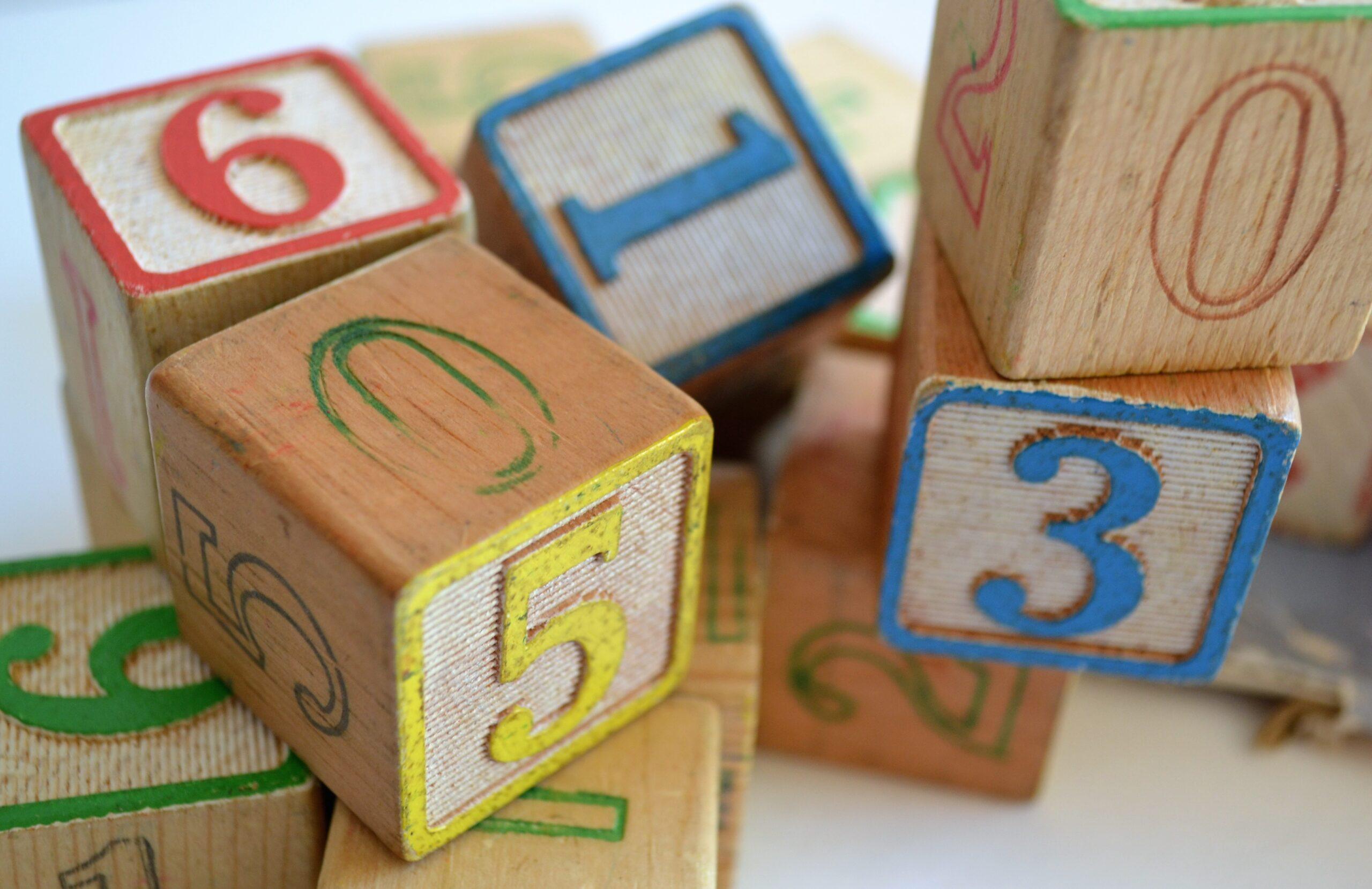Kids receive nearly 1,000 hours of classroom instruction each school year. While this might seem like an impressive statistic, it masks a critical problem in education: Students spend more time listening and less time doing. Teachers and mentors play an undeniably important role in a student’s life, but instruction only represents half of the learning process. A child must fulfill the other half of the process: the doing.
In the 24 years I have been in the education business, I have uncovered three concepts of learning that boost a student’s comprehension of mathematics: instant feedback, deep practice and flow. An added bonus, the strategies translate to all academic subjects and things a child wishes to learn.
Instant Feedback
Picture a child learning to shoot foul shots in basketball. When practicing the shot, the child immediately knows whether he or she has succeeded. Moments after releasing the ball, the child can see it go through the hoop and hear it brush the net. This is instant feedback. Provide a child with an instant feedback loop in a safe and non-judgmental environment, and the results are often astonishing.
Without instant feedback, children become frustrated and lose focus. Picture that same child practicing foul shots with a blindfold and ear plugs. The child is standing on the line, shooting the ball, having no idea whether or not it makes it through the hoop. “I’ll never be good at this” or “I’m bored” is the likely response. This is what we are doing to our children with math.
Because physical senses cannot provide feedback for mental activity, we are effectively asking our children to do math with a blindfold on. Any feedback has to come from another person. It’s often delayed until the next day in class or later if a teacher takes papers home to correct. This leaves students frustrated and disengaged. However, technology, if properly utilized, can create a paradigm shift in education.
Innovative online programs can harness the potential of technology to provide children with consistent and instant feedback in an environment where they are free to make mistakes without penalty and consequently learn from them. Mistakes lead to clarity with immediate feedback. Mistakes lead to anxiety without it. Instant feedback stimulates practice, but how much practice is needed to master a skill?
Deep Practice
According to New York Times bestselling author Malcolm Gladwell, it takes an average of 10,000 hours to master a skill. That means to master a skill like mathematics, our children would have to practice math three hours a day every single day for 10 years. You don’t have to be a mathematician to know that the odds of that happening are close to zero. The key to solving the problem involves a phenomenon known as deep practice, as introduced by author Daniel Coyle in his book The Talent Code (Bantam).
A child customarily practices a skill by mechanically repeating an action or activity with little thought or engagement. Deep practice is a powerful type of practice that breaks a complex skill into manageable chunks. Then through focused practice, the learner masters the individual pieces through trial and error, error correction and focused repetition.
Deep practice is powerful because it greatly augments normal practice. What would take three months to achieve with normal practice may take a week, perhaps a matter of days, to achieve with deep practice. But deep practice only occurs when a child is fully engaged and has made an internal decision to master the skill.
How do we provide our children with engaging, immersive learning opportunities?
Flow
The term flow is used by researcher Mihaly Csikszentmihalyi to explain a certain mental state in which a person is completely immersed in an activity. This phenomenon is commonly referred to as being “in the zone.” How do we get our children in the zone? Csikszentmihalyi proposed simple conditions that mark immersive, self-sustaining engagement in an activity. They include establishing clear goals, balancing the perceived challenge and the perception of one’s own skills, and providing an immediate feedback loop that allows the learner to make adjustments.
When children experience learning under these three conditions, they are more likely to become invested in what they are learning. They enter a state of flow. Soon the activity itself becomes the reward. They associate that feeling of success with a meaningful endeavor. As a result, students actually value practicing their skills and are highly motivated to do so.
Without even realizing it, today’s generation uses technology to achieve a state of flow on a daily basis. Perhaps we should channel this immersion in technology toward children’s academic pursuits. Providing technology-based programming that enables the deep practice needed to create a new generation of mathematicians, scientists, engineers and problem solvers should be a priority. Competent teachers are important, but our children will only be successful when they put in the time and effort to practice and actively participate in the learning process.




